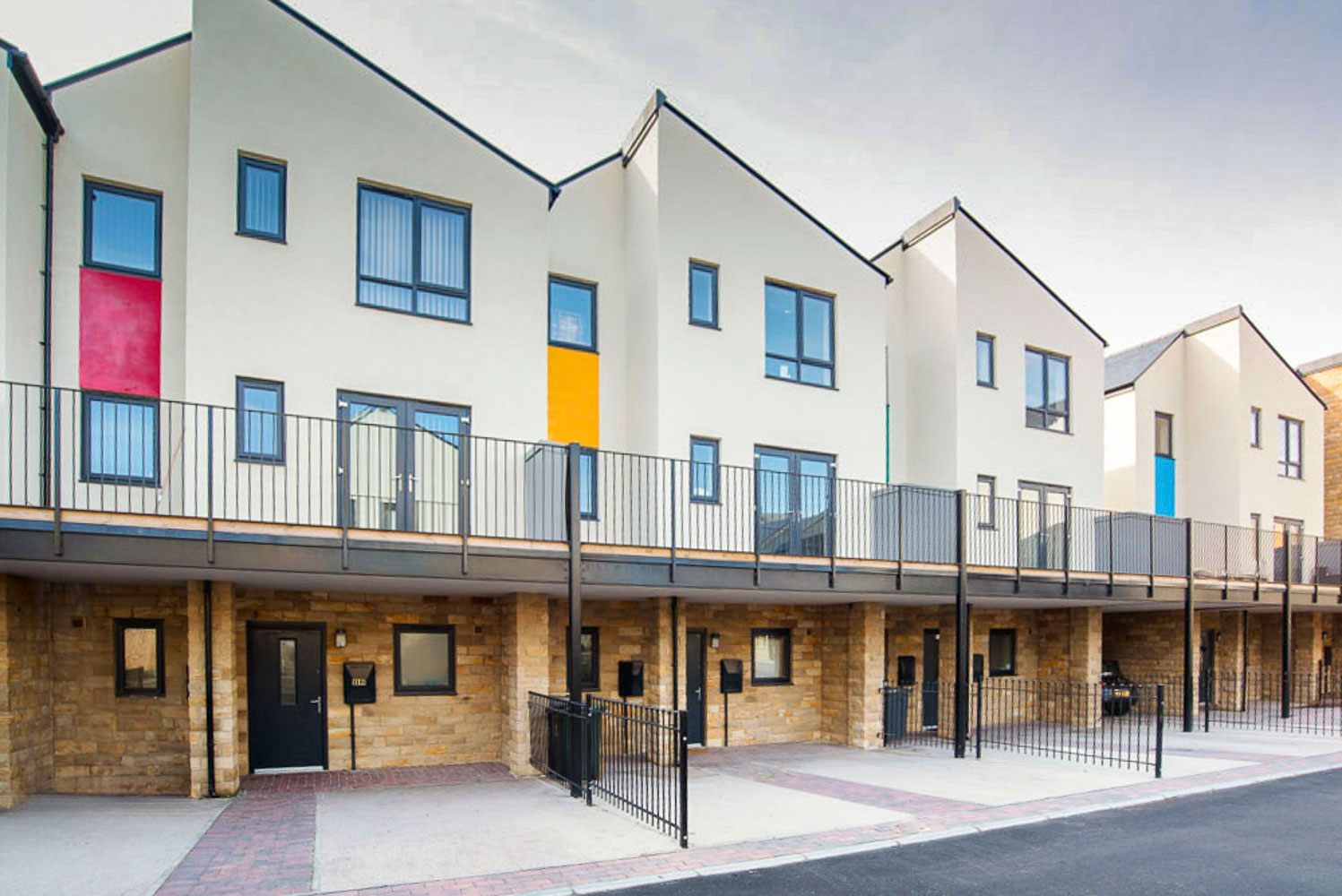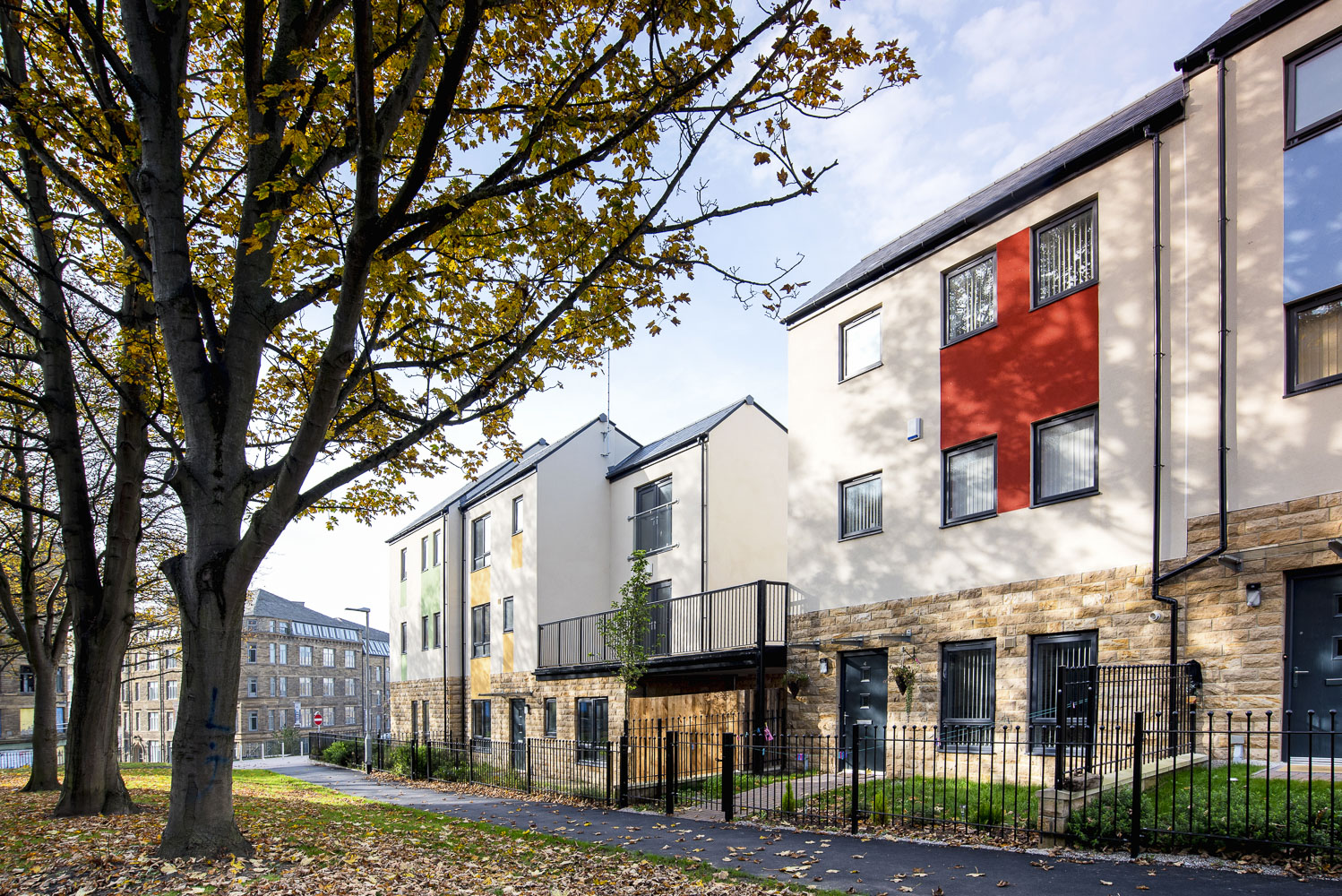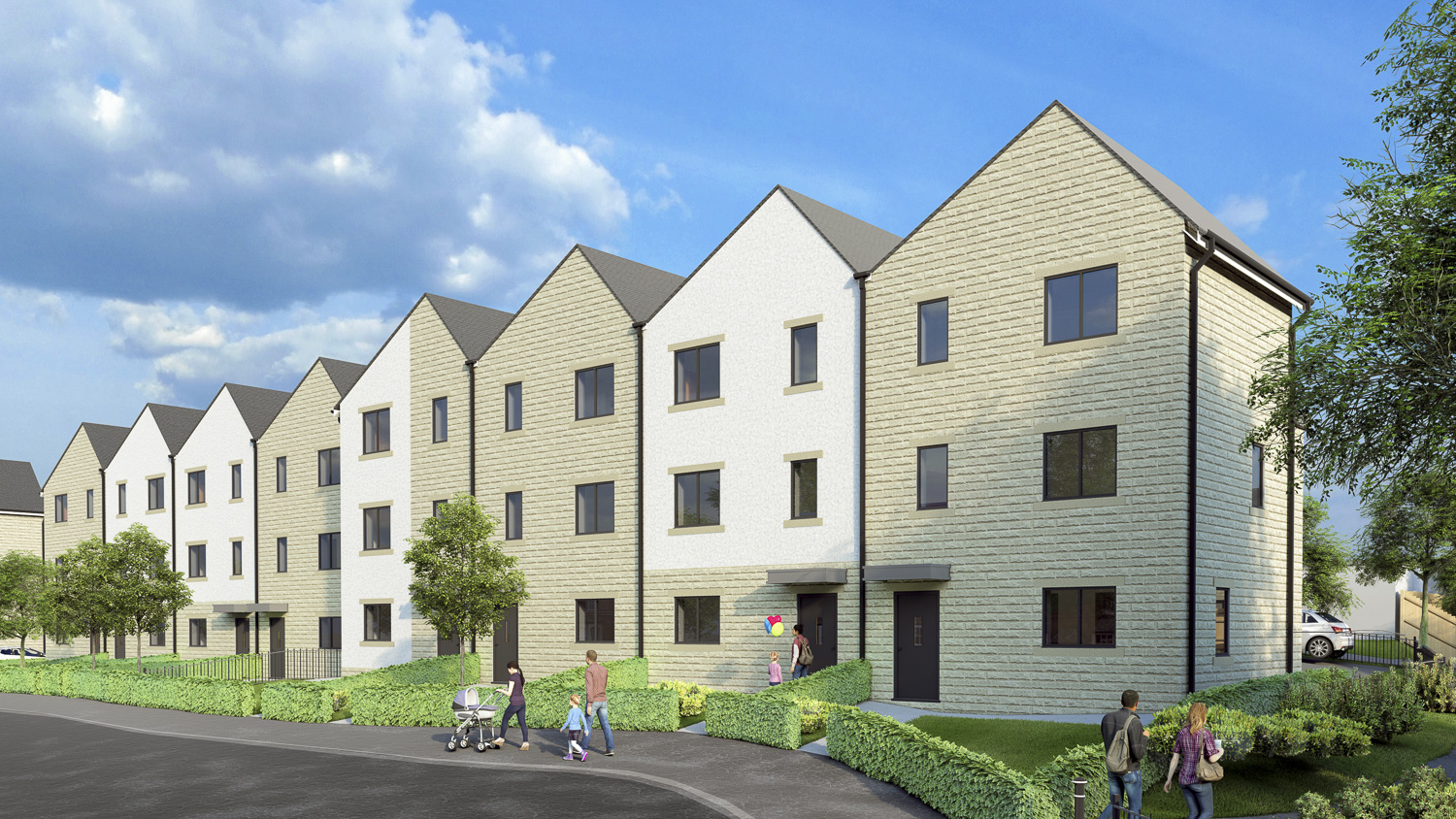Incommunities
Great Homes in great neighbourhoods
Incommunities is a large social housing landlord managing 22,600 homes across Yorkshire. They aim to create safe, vibrant communities to help reverse negative social perceptions of certain areas. Prior to re-development, sites are often experiencing elevated levels of criminal activity and anti-social behaviour, so we help tackle that by encouraging a strong sense of personal ownership.
We are helping them re-plan sites to remove unpopular or obsolete high-rise apartment blocks. Chain Street is the first scheme of a phased regeneration strategy to convert from high-rise to low-rise, better-quality family dwellings. A similar strategy was used to masterplan Manchester Road.
Incommunities are looking for innovative solutions to the housing and climate crisis. To help counteract future fuel poverty for customers, we ensure that the specification and workmanship details produce energy efficient dwellings with reduced running costs.
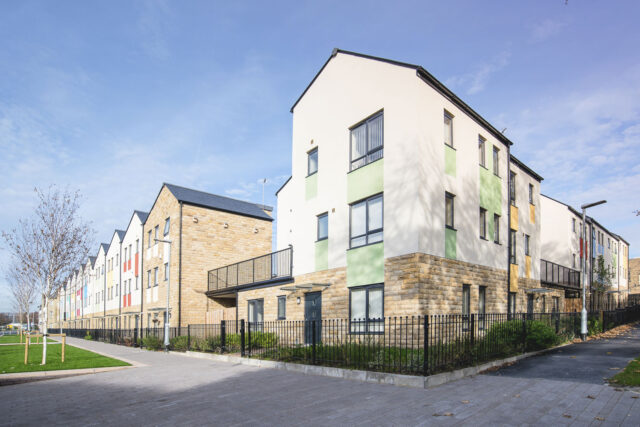
Chain Street, Bradford
In one of the district’s first examples of social housing, 32 two-, three-, and four-bed family houses enclose an adopted mews court fronted by a contemporary perimeter block. To visually transform the site, our layout of affordable rent, market rent, and for sale units integrates with the landscaping of a linear public park.
Following engagement with planning representatives and residents, the conservation area officer supported our desire to avoid creating pastiche buildings and approved the use of natural materials. Our people-first design principle recognises that the quality of the internal home environment links to an individual’s health and wellbeing. Large windows provide daylight, ventilation, and views for enhanced natural surveillance. Each home has in-curtilage parking and secure private amenity space, some via terraced decks at first floor level. A single site access improves security and we have consciously designed-out opportunities for anti-social behaviour.
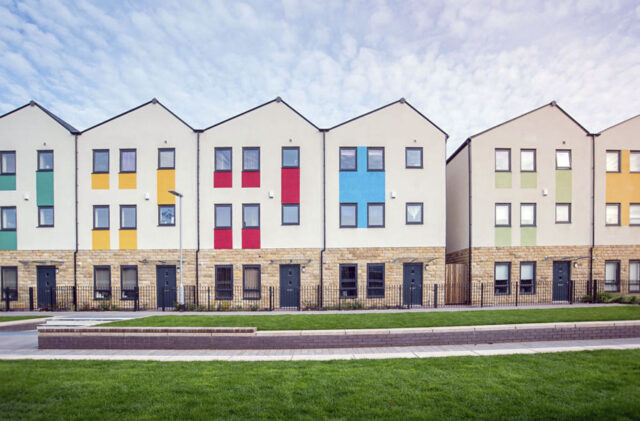
Elsdon Grove and Croscombe Walk, Bradford
This site consists of 107 two and three storey townhouses follows a similar courtyard principle to Chain Street. The local housing needs analysis emphasised that three and four-bed family homes would meet the requirements of the BAME community. We produced the feasibility and planning application packages, conveying the final design and site planning concepts via virtual 3D walk-throughs and visualisations.
The site was also designed to stitch into the existing urban design, addressing and connecting with the new pedestrian and cycleways and supporting Bradford’s sustainable transport aspirations. High levels of thermal insulation and improved air tightness helps reduce the energy bills to benefit the residents, whilst ensuring the housing stock is easier to manage in the future.
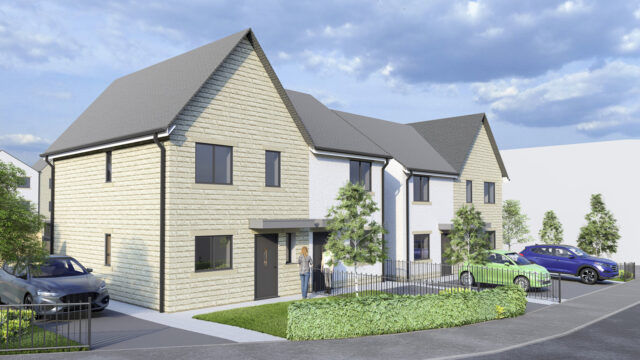
Newsletter
Lorem ipsum dolor sit amet, consectetur adipiscing elit. Mauris malesuada, mauris faucibus posuere lacinia, magna lorem consectetur nulla, quis sagittis justo nulla eu felis.
